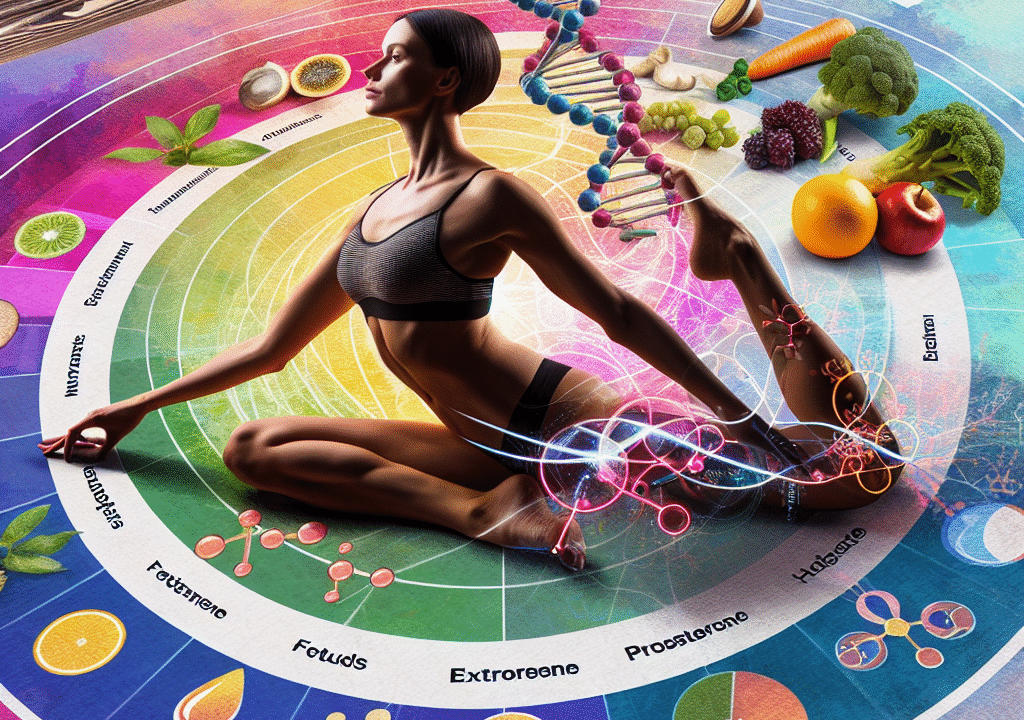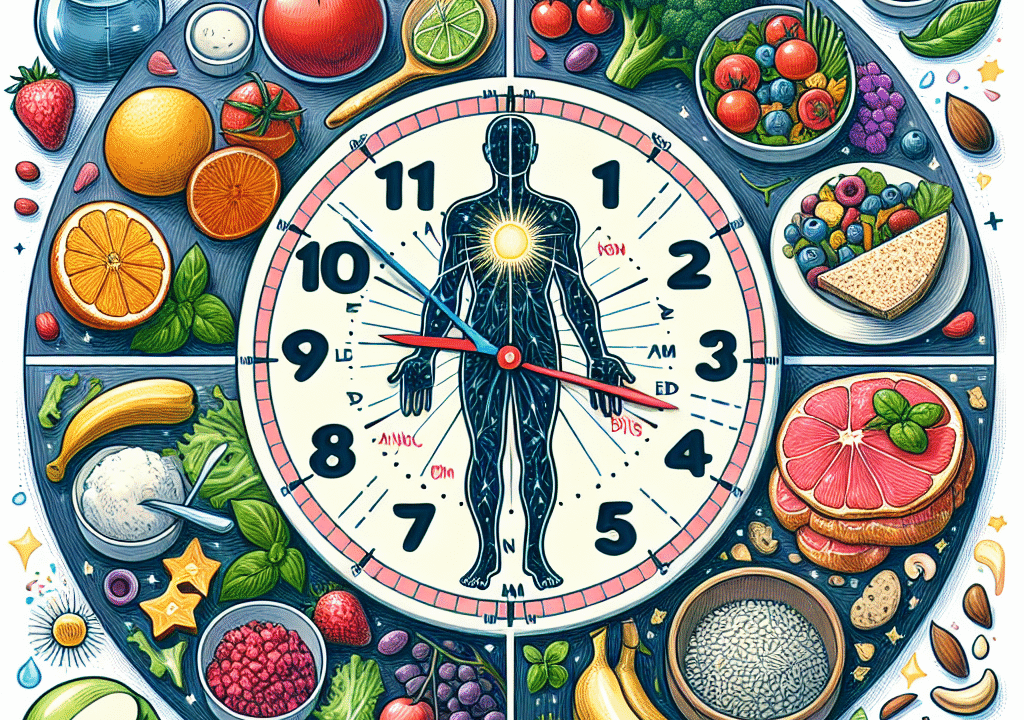
Vegan Keto: The Ultimate Guide to Fat-Burning Without Animal Products
Why Combine Vegan and Keto?
Over the past decade, two major health trends—plant-based eating and the ketogenic lifestyle—have gained significant traction. At first glance, combining these two might seem challenging. Traditional keto diets rely heavily on animal-based fats and proteins, whereas veganism excludes all animal products.
However, a growing number of individuals are making this combination work for them. Welcome to the world of the vegan keto diet—a unique approach that promotes both ethical eating and fat-fueled energy. A 2020 study published in Nutrients highlights that over 9.7 million Americans follow a vegan or plant-based diet, while keto remains one of the most popular diets globally.
If you’re curious about how to successfully merge these two lifestyles, this complete guide will walk you through what to eat, key benefits, getting started tips, and a sample daily menu.
What Is the Vegan Keto Diet?
The keto diet is centered around high-fat, moderate-protein, and low-carbohydrate eating. This approach conditions the body to enter a metabolic state called ketosis, in which it burns fat for fuel instead of glucose.
Typically, keto involves animal-based foods like meat, eggs, and dairy. A plant-based keto strategy, however, eliminates all animal products and focuses on plant-derived fats and proteins such as avocados, nuts, seeds, coconut oil, and tofu—while restricting net carbohydrate intake to around 20 to 50 grams per day.
“It is absolutely possible to follow a vegan keto lifestyle, but it requires careful planning to avoid nutrient deficiencies,” advises Dr. Minna Johansen, a registered dietitian specializing in plant-based nutrition.
With mindful preparation and nutrient-dense food choices, individuals have found success in fat loss, blood sugar control, and improved energy levels.
Key Benefits of the Vegan Keto Lifestyle
A vegan keto meal plan offers several compelling health benefits. Here’s how it impacts your body and well-being:
1. Promotes Faster Fat Burning
By slashing carbohydrate intake and increasing healthy fats, your body becomes more efficient at burning fat. A study in the Journal of Medical Internet Research revealed that participants on a ketogenic diet lost more than twice the weight compared to those on a low-fat diet.
2. Supports Blood Sugar Management
Adopting a vegan keto diet may enhance insulin sensitivity. According to the American Diabetes Association, reducing carbohydrate intake can significantly lower hemoglobin A1C levels—an important marker for type 2 diabetes.
3. Boosts Heart Health
Plant-based fats such as avocado, nuts, and olive oil are cholesterol-free and may reduce the risk of cardiovascular disease. A 2021 Harvard study showed that replacing saturated animal fats with unsaturated plant fats reduced cardiovascular mortality by 24%.
4. Minimizes Inflammation
This diet naturally avoids processed foods and added sugars—common culprits behind chronic inflammation. Lower inflammation supports better joint health, mood stability, and energy levels.
5. Aligns with Ethical and Environmental Values
A vegan keto diet is environmentally conscious. By cutting out animal products, you’re helping reduce carbon emissions, water use, and deforestation. It’s a sustainable way to live that aligns health with ethics.
Vegan Keto Food List: What to Eat
Success on a vegan keto plan depends largely on your food choices. Your goal is to eat moderate protein and high fat while keeping net carbs between 20 and 50 grams per day.
Healthy Fats
These are your main energy sources on a vegan keto diet:
– Avocados
– Coconut oil and MCT oil
– Olive oil
– Macadamia, almond, and walnut nuts
– Chia, flax, and hemp seeds
– Unsweetened cacao butter and natural nut butters
Low-Carbohydrate Vegetables
Choose vegetables that are high in fiber and low in net carbs:
– Spinach, kale, arugula
– Broccoli, cauliflower, zucchini
– Asparagus, mushrooms
Plant-Based Protein Sources
Getting sufficient protein is easy with:
– Tofu and tempeh
– Seitan (if not sensitive to gluten)
– Low-carb protein powders made from pea, hemp, or rice
– Legumes in limited portions due to higher carb content
Dairy Alternatives
– Unsweetened almond or coconut milk
– Sugar-free vegan cheese made from nuts or oils
Fermented Foods
– Sauerkraut or kimchi
– Pickles (check labels for added sugars)
Flavor Enhancers
Add rich flavors without carbs using:
– Garlic
– Onion powder
– Turmeric
– Paprika
Foods to Avoid
Steer clear of:
– Grains and starch-heavy vegetables (potatoes and corn)
– Sugary fruits
– Beans and lentils in large amounts
– Processed vegan foods with hidden sugars or starches
Tips for a Smooth Vegan Keto Transition
Transitioning to a vegan keto lifestyle can be challenging, but these tips will help you get a strong start:
Track Your Macros
Use nutrition tracking apps like Cronometer or Carb Manager to ensure your intake aligns with the recommended macro ratios: around 70 to 75 percent fat, 20 to 25 percent protein, and 5 to 10 percent carbohydrate.
Plan and Prep Meals
Preparation prevents poor choices. Keep ready-to-eat meals and keto-friendly snacks handy to avoid temptations.
Stay Hydrated and Restore Electrolytes
Ketogenic diets can cause water loss. Be sure to replenish key minerals:
– Potassium from avocados
– Magnesium from pumpkin seeds
– Sodium from sea salt
Drink water consistently throughout the day.
Consider Important Supplements
These nutrients can be harder to get on a vegan keto plan:
– Vitamin B12: Take as a supplement
– Iron and Zinc: Include fortified foods or a multivitamin
– Vitamin D: Especially during winter months
– Omega-3s: Use algae-based oils
Be Patient with the Transition
“Some people experience ‘keto flu’—symptoms like fatigue or irritability—as their body adapts to burning fat instead of carbs,” explains Dr. Johansen. “This phase usually passes in a few days.”
Sample Vegan Keto Meal Plan
Here’s how a typical day might look:
Breakfast
Chia pudding made with unsweetened almond milk, coconut flakes, and hemp seeds
Lunch
Tofu and vegetable stir-fry using kale, mushrooms, and broccoli cooked in coconut oil
Snack
Macadamia nuts and sliced cucumber with fresh guacamole
Dinner
Cauliflower rice bowl with tempeh, sautéed spinach, and a tahini dressing
Dessert
Homemade fat bomb using almond butter, cocoa powder, and coconut oil
Common Vegan Keto Mistakes to Watch Out For
Even with the best intentions, people can make mistakes on a vegan keto plan. Avoid these common errors:
– Relying on processed vegan snacks filled with hidden sugars or starches
– Not eating enough healthy fats, which serve as your primary energy source
– Skipping micronutrient-rich vegetables and lacking dietary variety
– Failing to read labels on sauces, dressings, or packaged goods
Is the Vegan Keto Diet Right for You?
Adopting a vegan keto lifestyle requires commitment, but it can lead to impressive results. Whether your goal is fat loss, better blood sugar control, mental clarity, or environmental sustainability, this dietary method may be a strong fit.
“Patients who consistently follow a well-rounded vegan ketogenic diet often report enhanced focus, reduced inflammation, and improved metabolic function,” shares Dr. Johansen.
That said, speak with a healthcare provider or registered dietitian before starting—especially if you have underlying health conditions.
Start Strong and Stay Empowered
Merging ketogenic principles with plant-based values offers a powerful path to health and wellness. You don’t need cheese or bacon to burn fat. With high-fat plant foods and mindful planning, anyone can embrace this lifestyle.
Take small steps, explore new recipes, and learn to decode nutrition labels. With creativity and perseverance, you can thrive on the vegan keto path—feeling healthier, more energized, and more aligned with your values.
References
1. Craig, W. J., & Mangels, A. R. (2009). Position of the American Dietetic Association: vegetarian diets. Journal of the American Dietetic Association, 109(7), 1266–1282.
2. Westman, E. C., et al. (2008). The effects of a low-carbohydrate, ketogenic diet versus a low–glycemic index diet in type 2 diabetes. Diabetes Care, 31(4), 679–684.
3. American Diabetes Association. (2022). Nutrition Therapy for Adults with Diabetes or Prediabetes.
4. Li, Y., et al. (2021). Plant-Based Diets and Risk of Cardiovascular Disease: A Review. Journal of the American College of Cardiology, 78(9), 837-845.


